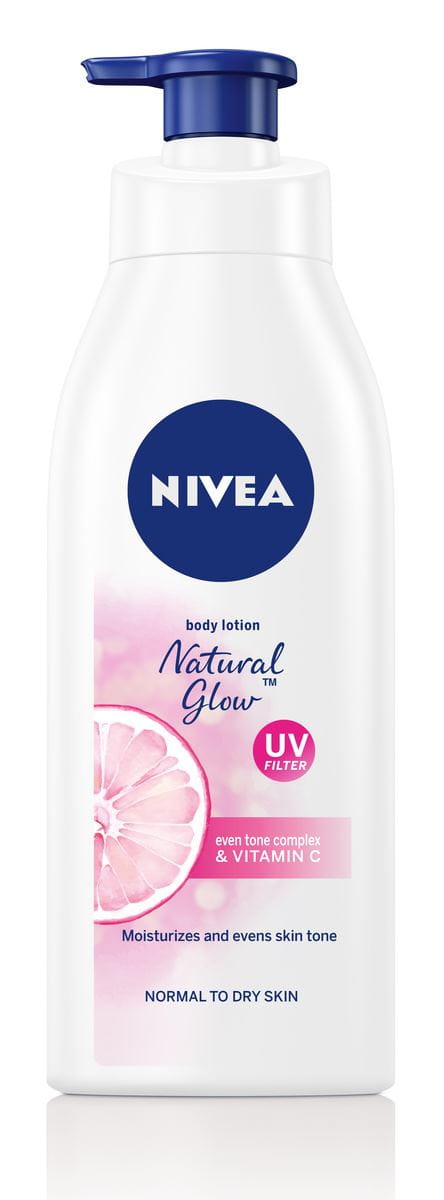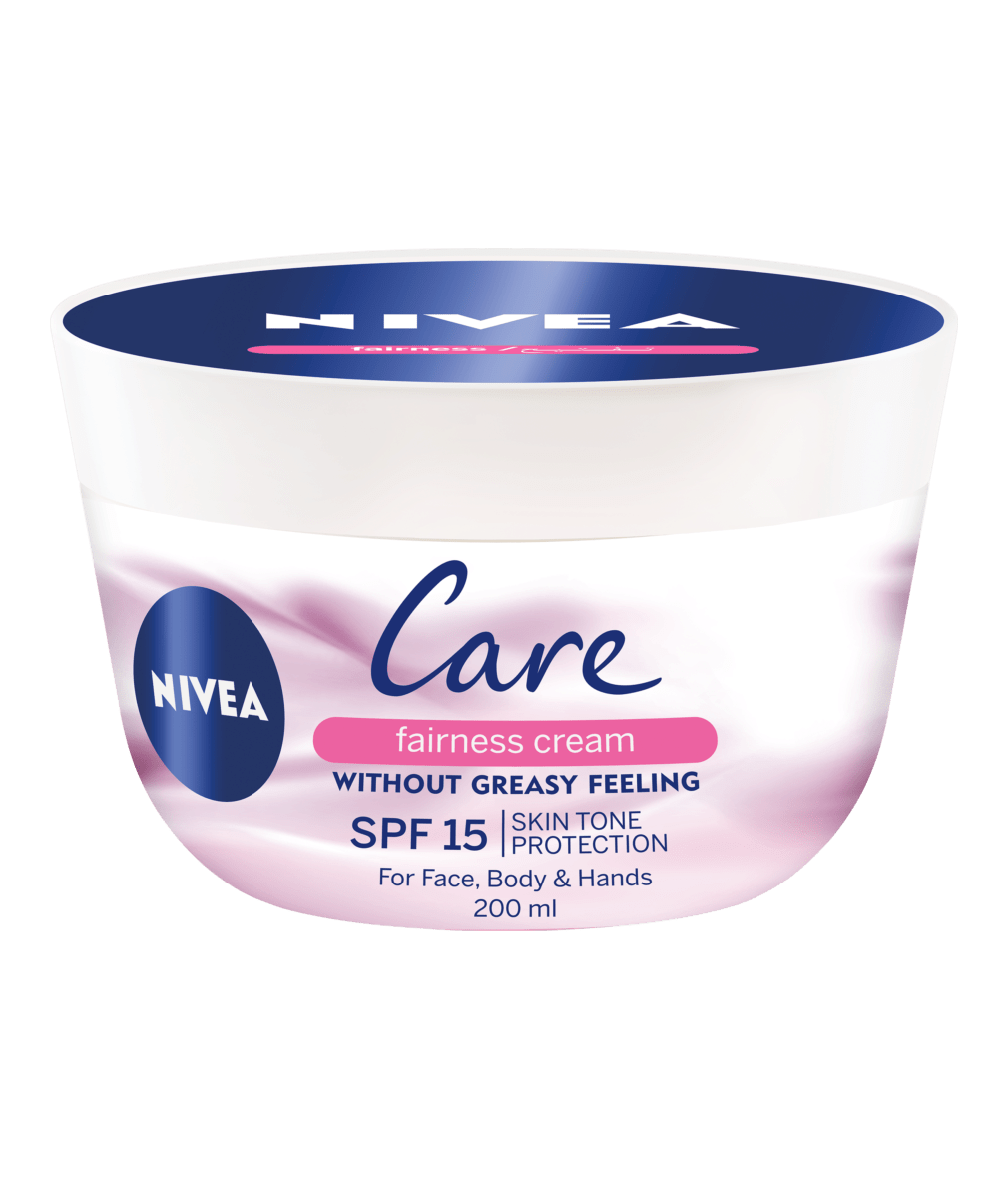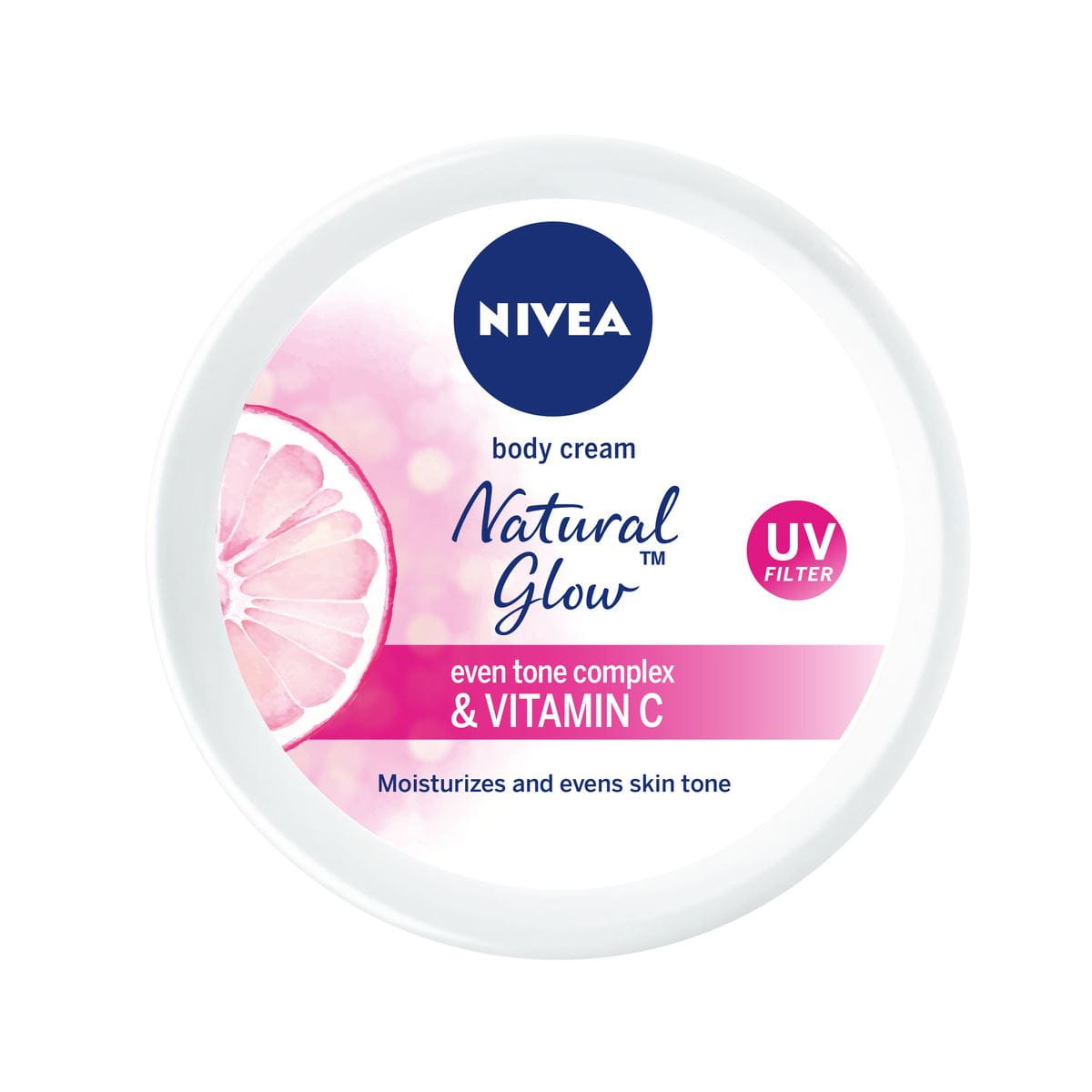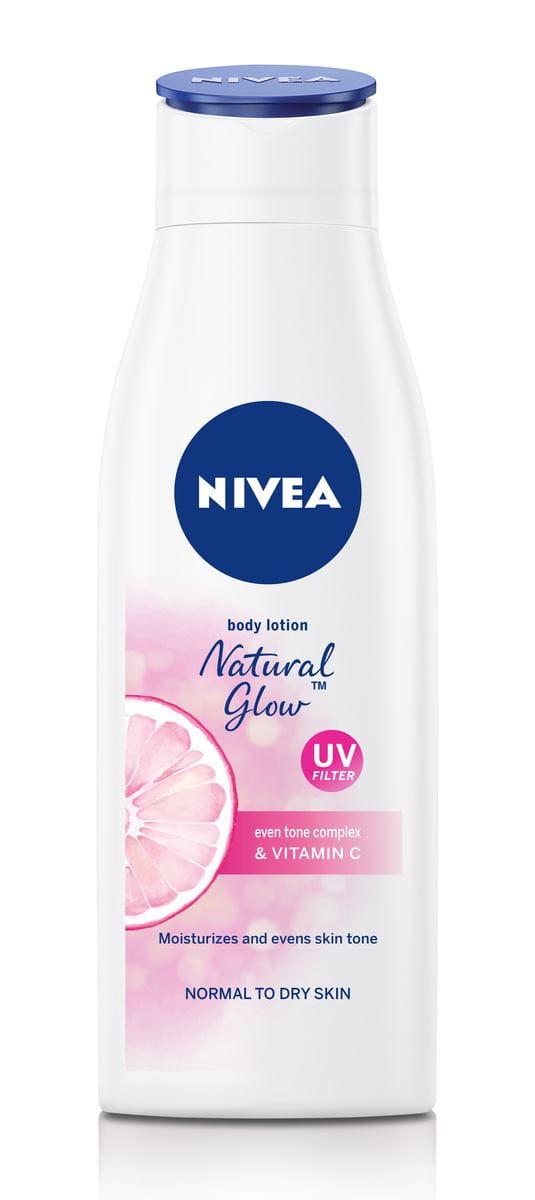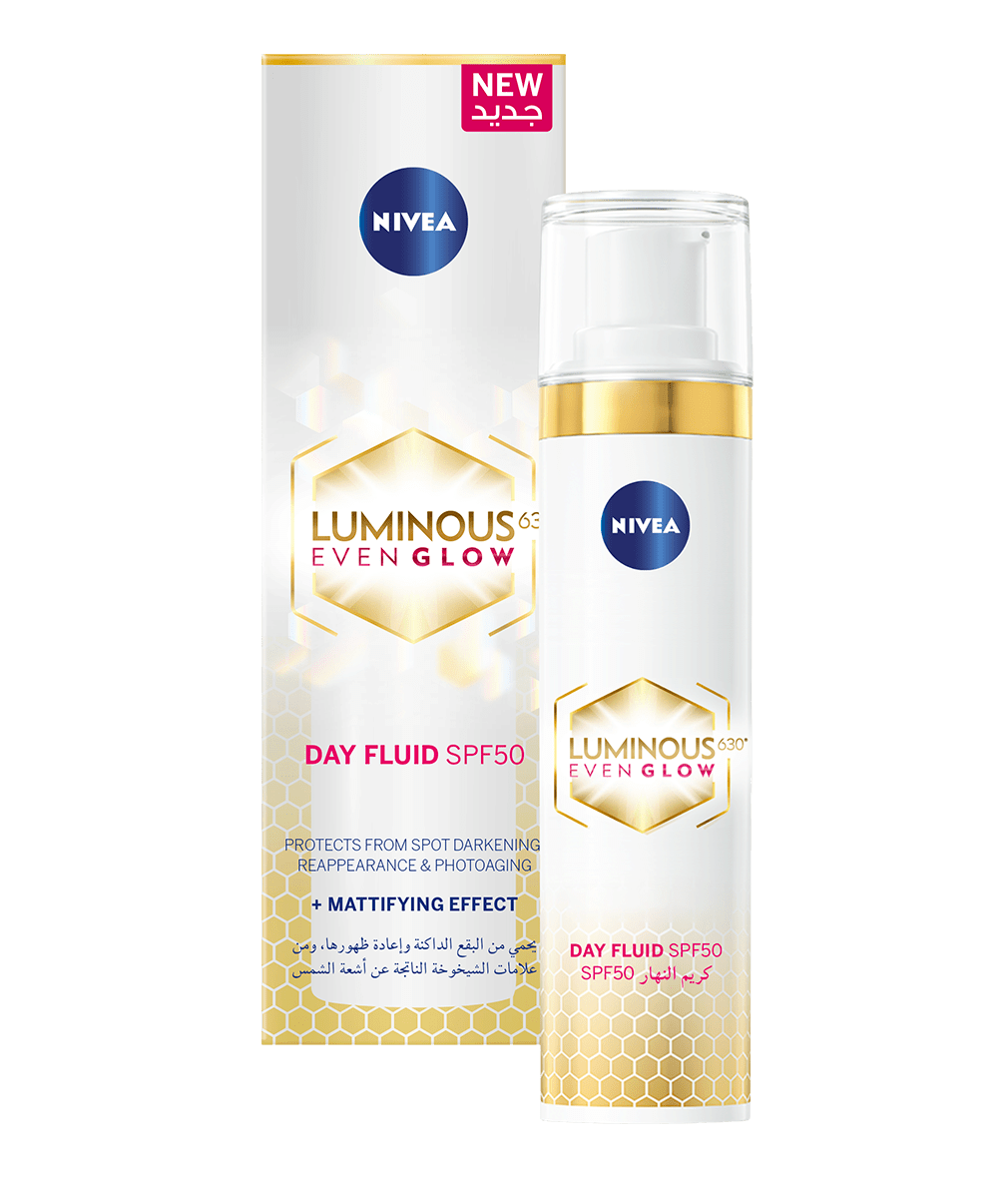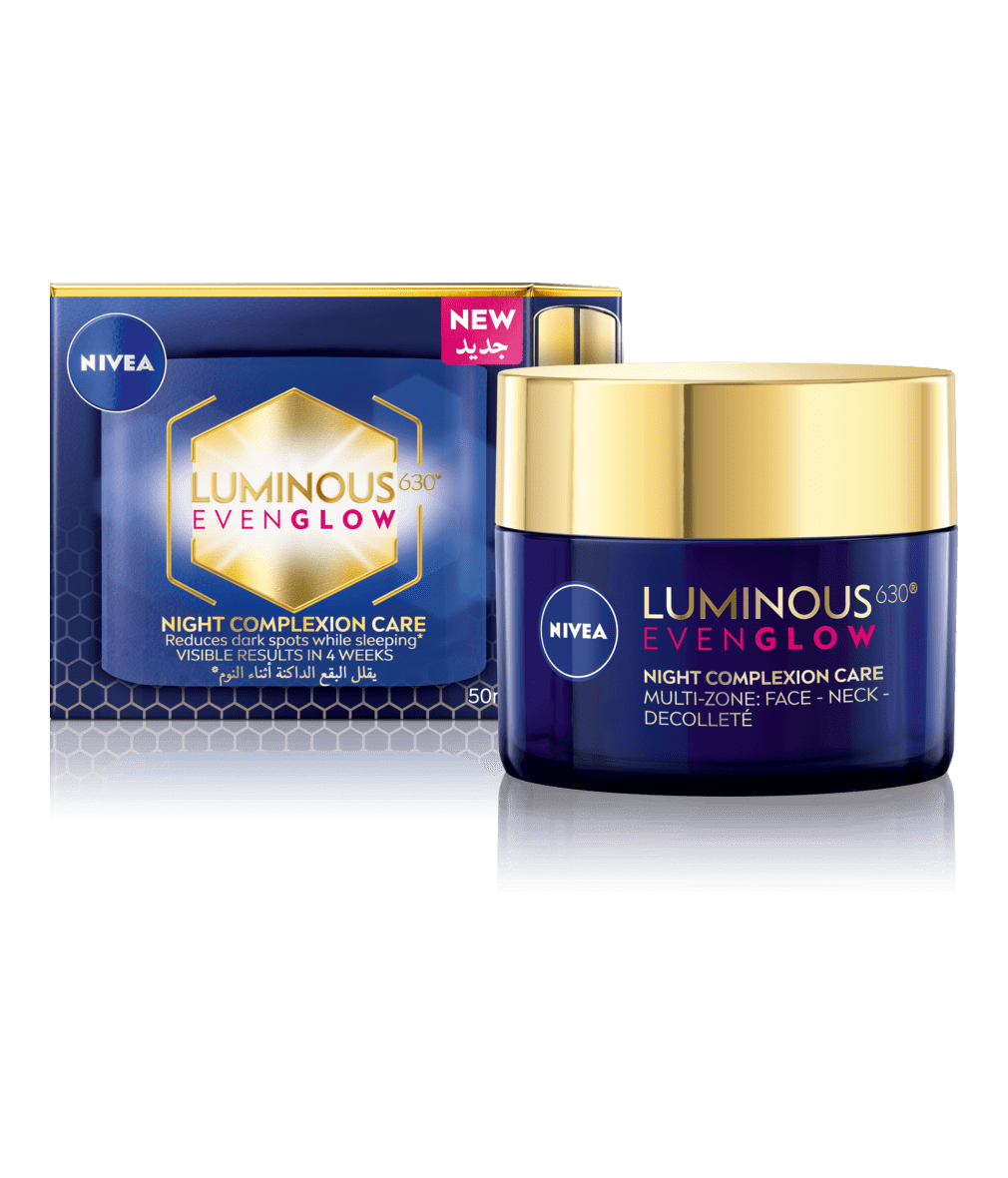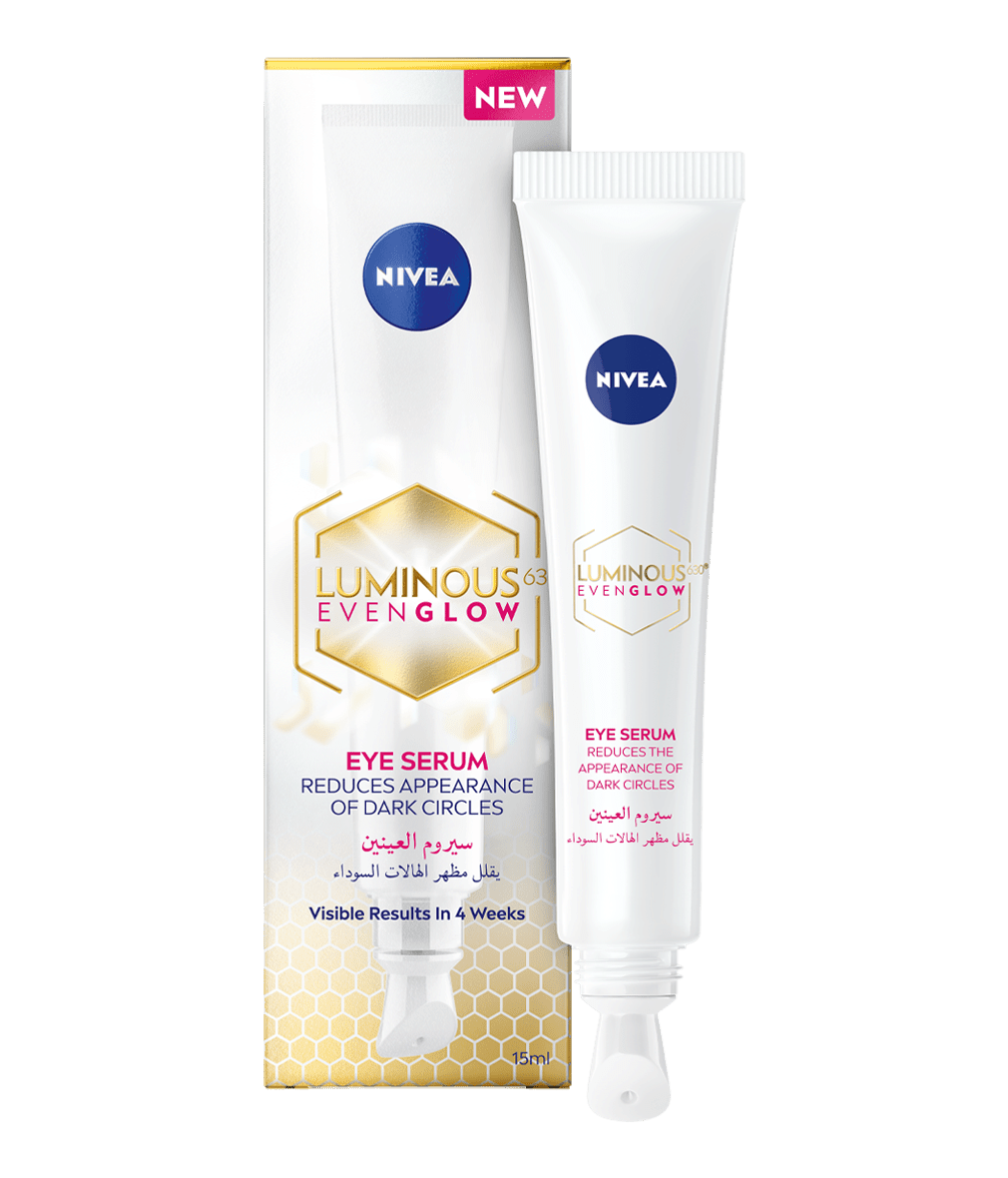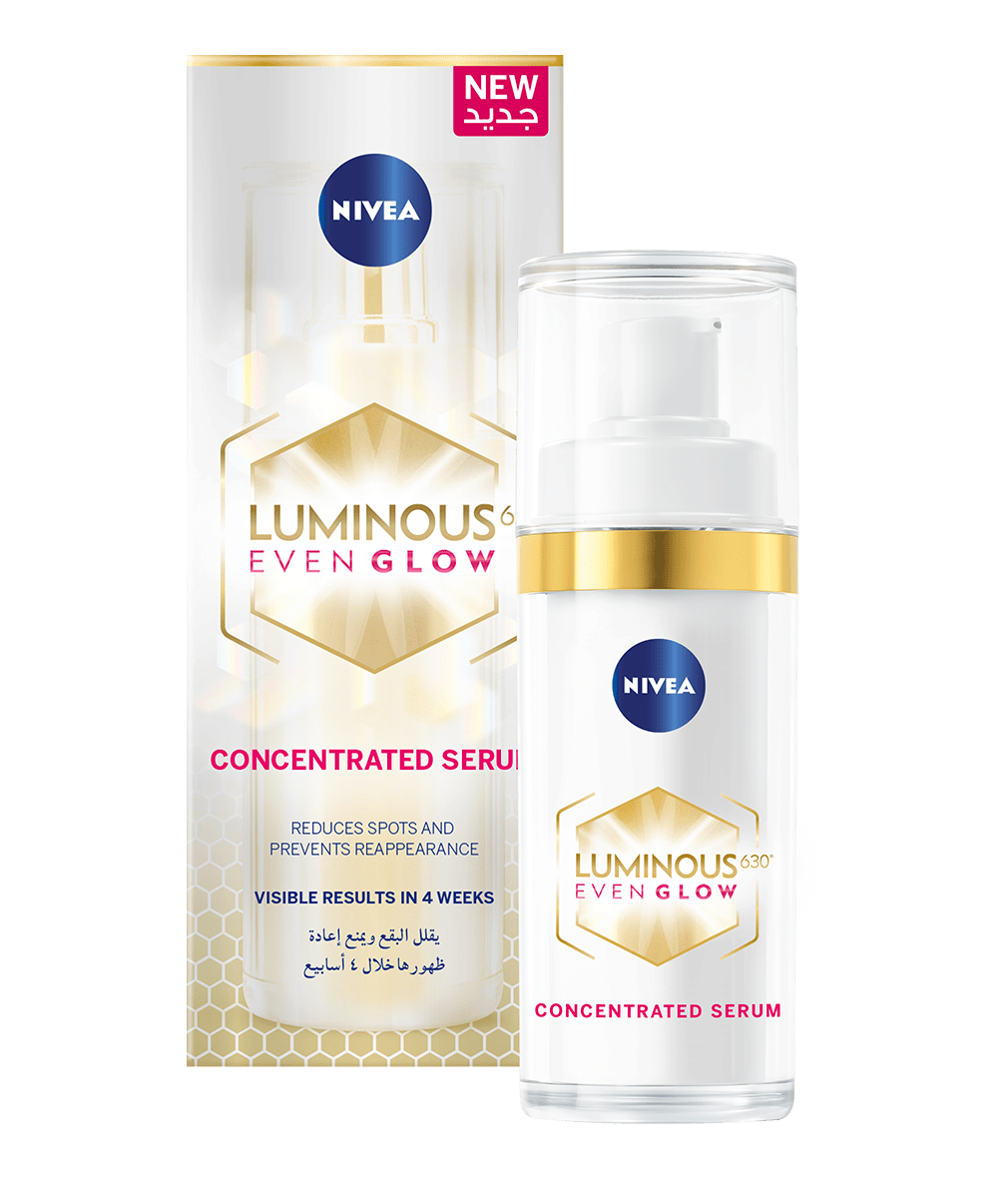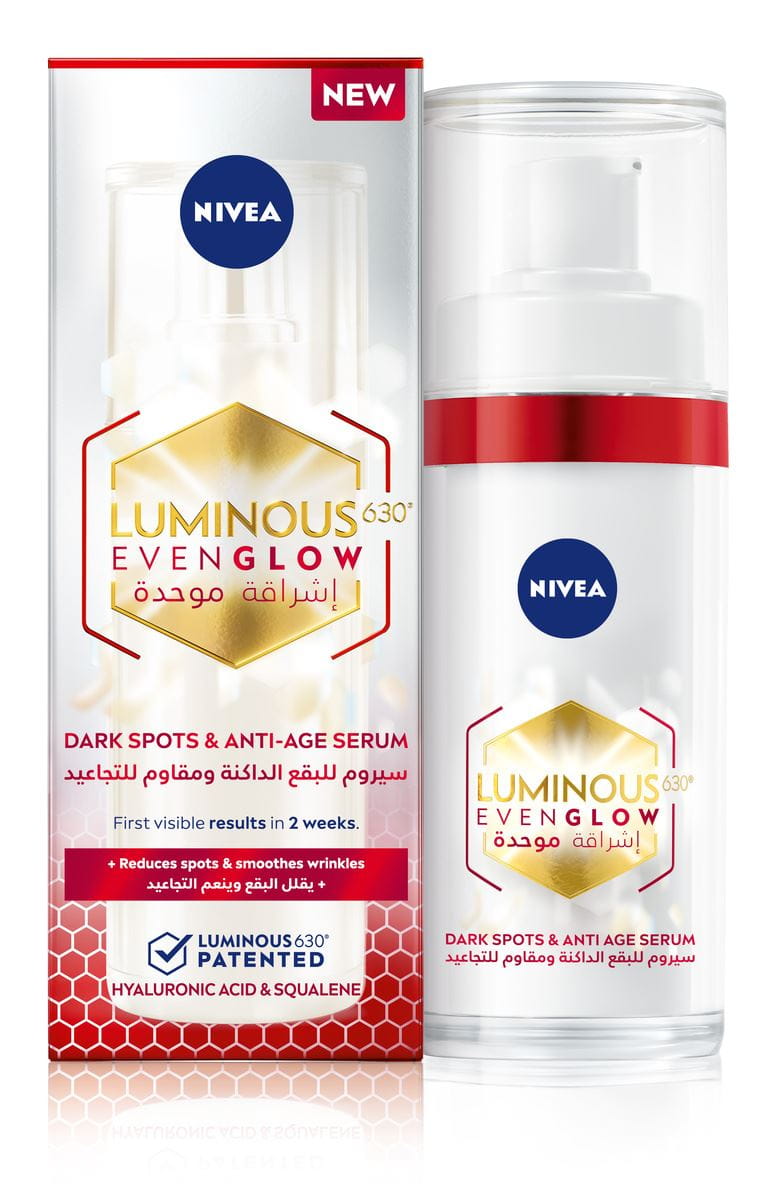
Pigmentation: What is it, its causes and how to get rid of it!
In our quest for flawless skin, we often encounter obstacles, one of the most common being pigmentation. This comprehensive guide aims to explore the concept of skin pigmentation, its causes, the differences between pigmentation and hyperpigmentation, and most importantly, effective ways to combat it.
Skin pigmentation issues are a universal concern, affecting individuals of all ages and skin types. Whether it's due to sun exposure, hormonal changes, or genetic factors, pigmentation can significantly impact one's confidence and overall appearance. By understanding the root causes and available treatments, you can take proactive steps to maintain an even and glowing complexion.
